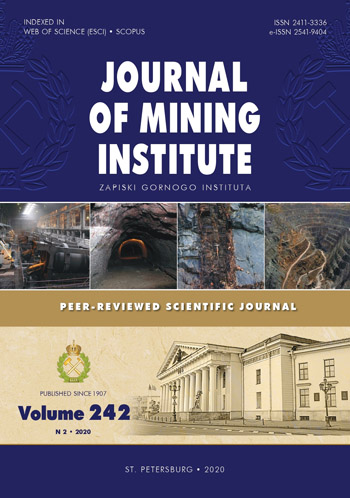Development of mathematical models to control the technological properties of cement slurries
- 1 — Ph.D. Associate Professor Perm National Research Polytechnic University ▪ Orcid ▪ Scopus ▪ ResearcherID
- 2 — Ph.D., Dr.Sci. Professor Perm National Research Polytechnic University
- 3 — Senior Lecturer Perm National Research Polytechnic University
- 4 — Professor University of Aberdeen ▪ Scopus
Abstract
Oil and gas producing enterprises are making increasingly high demands on well casing quality, including the actual process of injection and displacement of cement slurry, taking into account requirements for the annular cement level, eliminating possible hydraulic fracturing, with developing a hydraulic cementing program. It is necessary to prevent deep invasion of cement slurry filtrate into the formation to exclude bridging of productive layers. It is impossible to fulfill all these requirements at the same time without application of modifying additives; complex cement compositions are being developed and applied more often. Furthermore, need to adjust cement slurries recipes appears for almost every particular well. In order to select and justify cement slurries recipes and their prompt adjustment, taking into account requirements of well construction project, as well as geological and technical conditions for cementing casing strings, mathematical models of the main technological properties of cement slurries for cementing production casing strings in the Perm Region were developed. Analysis of the effect of polycarboxylic plasticizer (Pl) and a filtration reducer (fluid loss additive) based on hydroxyethyl cellulose (FR) on plastic viscosity (V), spreadability (S) and filtration (F) of cement slurries is conducted. Development of mathematical models is performed according to more than 90 measurements.
